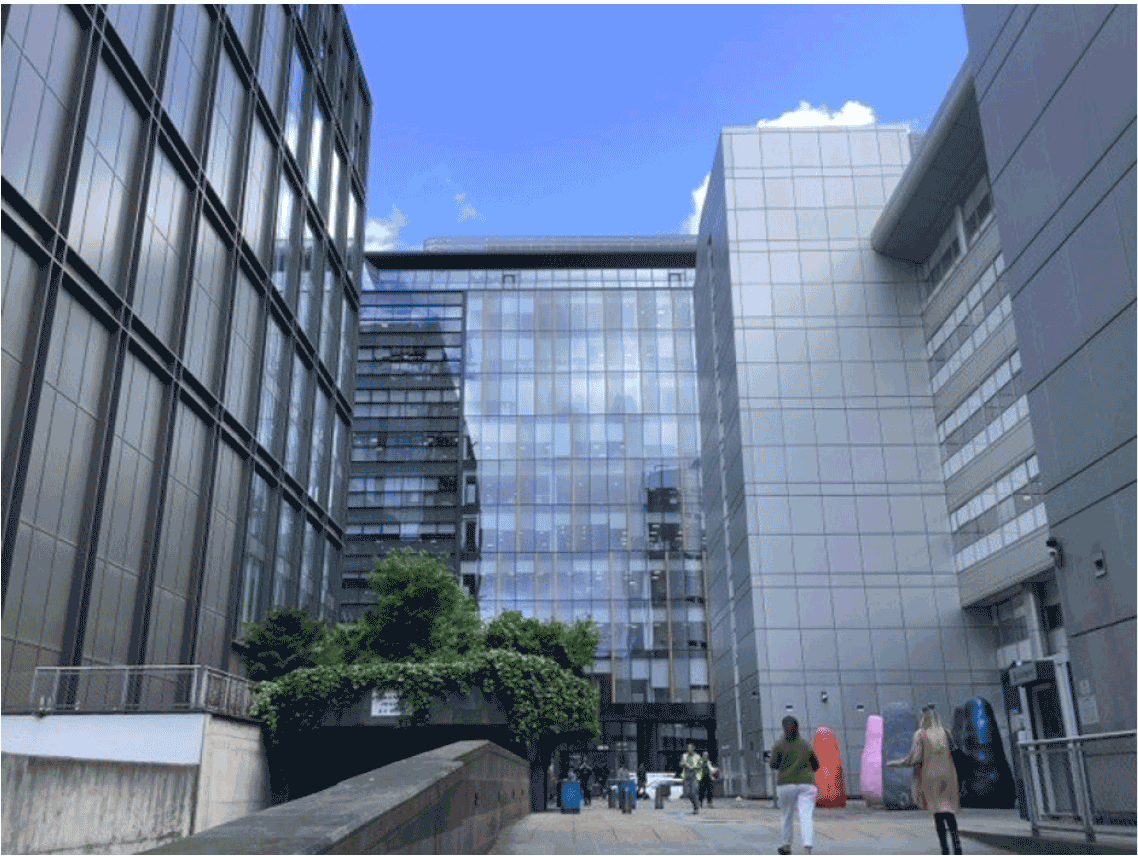High rise buildings - firefighting arrangements: report
HM Fire Service Inspectorate (HMFSI) report assessing the Scottish Fire and Rescue Service's (SFRS's) arrangements and readiness to fight fires in high rise buildings in Scotland. It contains areas of good practice and recommendations where there is scope to improve performance.
Risks Associated with High Rise Buildings
11. In addition to the fire at Grenfell Tower, there have been other serious and challenging domestic high rise incidents in the UK, albeit on a different scale to the Grenfell Tower fire. Firefighters have lost their lives and been injured in high rise fires in the UK.
12. When considering firefighting in high rise buildings, one needs to be mindful of the profile of these buildings in Scotland. One aspect that can affect the firefighting effort required is the height of a building. Scotland does not have the extra-high buildings found elsewhere. Many of the previous domestic blocks with around 20 floors have been demolished.
13. High rise buildings in Scotland are mostly located in the cities and in the towns of the central belt. There are around 770 high rise domestic blocks (private and social housing) in Scotland. There are also high rise buildings which are put to other residential and commercial purposes.
14. The approach taken in Scottish building standards is that high levels of fire separation and containment are imposed within a building containing flats and maisonettes. It is unusual for there to be a need to evacuate the fire floor or the entire building in the event of a fire. The level of fire separation is such that, other than in the flat of fire origin, residents normally remain within their own flat or maisonette. This is termed the 'stay put' approach.
15. However, circumstances may arise in which firefighters consider it necessary to evacuate residents from a number of other flats and, on rare occasions, the entire building. Of course, the potential for fire spread on or within the external wall cladding system, as was so tragically evidenced at Grenfell Tower, must also be considered.
16. There are also some heritage buildings in Scotland which may fall within the high rise definition, but were built long before the high rise fire safety standards described in this report were introduced.
17. Following the Grenfell Tower fire, the Scottish Government set about gathering information and created an inventory of domestic high rise buildings in Scotland which includes construction information. This exercise identified the existence of certain cladding materials and assisted an overall assessment of relative risk. Subjectively, the scale of remediation issues which were experienced in England during the post-Grenfell period, has not been required in Scotland.
18. In high rise domestic blocks in Scotland it is uncommon for a fire to spread beyond the floor of origin. The level of risk in high rise buildings in Scotland is influenced by the existing housing stock and construction standards. Notably, a fire in Garnock Court, Irvine in 1999 spread vertically externally as a result of construction materials. This incident influenced subsequent construction standards.
19. Nevertheless, the Scottish Government has contracted the Building Research Establishment to examine and report on present levels of risk.
20. There are other aspects of research and standards into fire safety and external wall standards and performance. While these are important and subject to ongoing development, they are largely outwith the direct control of the SFRS and we have not specifically examined these issues during our inspection. This includes a single building assessment process[1] which is being introduced in Scotland. It is possible that this process might result in extensive remediation works over the next decade or so. This could have implications for the SFRS for site preplanning. The Service has existing arrangements for engagement and information exchange as part of the single building assessment process and we urge the Service to remain vigilant and adapt as necessary.

Source: HMFSI
Contact
Email: HMFSI@gov.scot
There is a problem
Thanks for your feedback